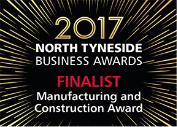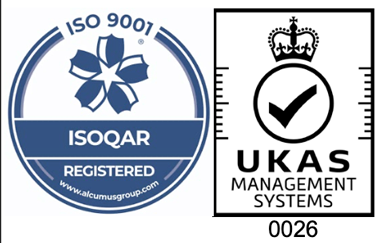Rubber Manufacturing Over the Years
30th June, 2023
At Aquaseal, we recently celebrated 50 years since our founding. As we reflect on our time as rubber manufacturers, we wanted to discuss rubber manufacturing from its discovery to present day. Significant developments in rubber manufacturing over time have been driven by advancements in technology, materials, and processes. In this article we’ll discuss the significant milestones in rubber manufacturing and the industry today.
Discovery:
The discovery of natural rubber can be traced back to ancient civilizations, particularly in the regions of Mesoamerica and the Amazon rainforest. The indigenous people of these areas were the first to encounter and utilise the unique properties of natural rubber
In Mesoamerica, the Olmec civilization, which thrived from around 1200 BCE to 400 BCE, is believed to have been the first to discover natural rubber. They found that the sap, or latex, from the Hevea brasiliensis tree, also known as the rubber tree, could be collected and processed into a resilient and waterproof material. The Olmecs used this rubber to create various items such as balls for games, footwear, and containers.
Vulcanisation:
In the early 19th century, Charles Goodyear discovered the process of vulcanization, which involved treating rubber with sulphur and heat. Vulcanization greatly improved the strength, elasticity, and durability of rubber, making it suitable for a wide range of applications.
Vulcanized rubber is found in various industries, including automotive, aerospace, construction, electrical, medical, and consumer goods. It is used to manufacture tires, gaskets, seals, hoses, conveyor belts, shoe soles, insulation materials, and many other products where durability, elasticity, and resistance to wear and tear are essential.
Synthetic Rubber:
In the early 20th century, researchers began working on creating synthetic rubber as an alternative to natural rubber. The first successful synthetic rubber, known as neoprene, was developed in the 1930s. Later, during World War II, significant advancements were made in synthetic rubber production, leading to the development of various types such as styrene-butadiene rubber (SBR) and polybutadiene rubber (BR).
Tire Manufacturing:
Rubber manufacturing is closely tied to the tire industry, which has witnessed substantial advancements. Radial tire technology, introduced in the 1940s, improved fuel efficiency, traction, and overall performance. Additionally, advancements in tire compounds, tread designs, and manufacturing processes have led to enhanced safety, durability, and reduced rolling resistance.
The Industry Today:
The integration of digital technologies, data analytics, and automation has paved the way for Industry 4.0 in rubber manufacturing. Smart factories equipped with sensors, Internet of Things (IoT) devices, and artificial intelligence (AI) systems allow for real-time monitoring, predictive maintenance, and optimisation of production processes. This results in improved efficiency, quality control, and overall productivity.
In recent years, there has been a growing emphasis on sustainable practices in rubber manufacturing. This includes the use of environmentally friendly materials, recycling and reuse of rubber products, and reducing energy consumption and waste generation. Research and development efforts are focused on developing bio-based rubber alternatives and exploring eco-friendly manufacturing processes.
The rubber manufacturing industry has seen many advancements over time. At Aquaseal, we recently celebrated our 50th Anniversary. Although a small part of the history of the industry we have embraced these changes since our founding in 1973 and will continue to adapt to the changes to come. If you’d like to learn more about our products click here to contact us.


